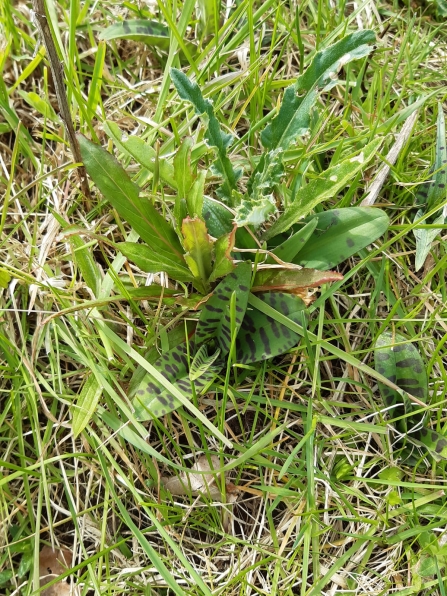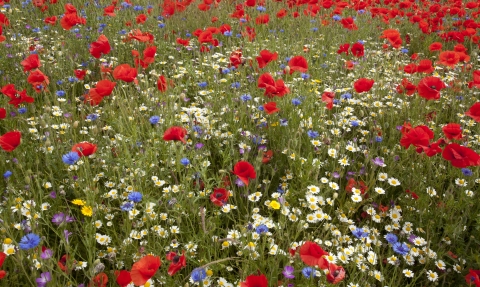Cheshire Wildlife Trust has found common spotted-orchids at its Swettenham Valley Nature Reserve, four years after reseeding an area of meadow on the site.
This is the first time orchids have been found here since the meadow was reseeded back in 2016. Orchids have complicated life cycles. Their seeds often need fungi to break them open. The fungi must first find the orchids, which is why they can take so long to return.
Cheshire has lost 99% of its meadows in just 60 years. This is because of changes in the way we farm. Our bees, butterflies, hoverflies and moths have rapidly declined without their wildflower food source. This then threatens animals that eat insects, like yellow wagtails, lapwings and skylarks.
Four years ago Cheshire Wildlife Trust began to restore the meadows at Swettenham Valley Nature Reserve, near Congleton. The work was part of the Coronation Meadows Project, a restoration programme to create a meadow in every county to celebrate the 60th anniversary of the Coronation. “After we seeded the area using seeds from a nearby wildflower meadow, we’ve been busy fundraising to allow our work to continue and expand,” said Joe Pimblett, Operations Manager at Cheshire Wildlife Trust. “Thanks to our generous members and supporters, we’ve been able to grow and plant different wildflowers into Swettenham each year, providing an insect buffet. There are however some plants, like orchids, where you simply have to wait for the soil to recover and for nature to take back the land.”


